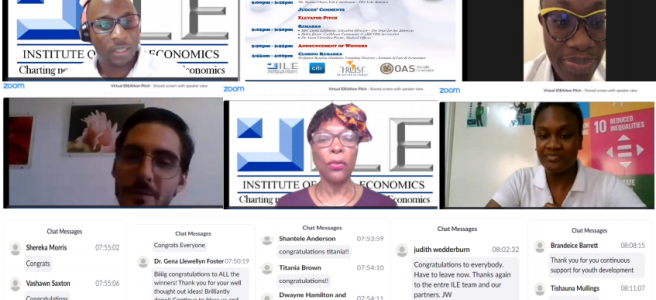Innovation in a constantly changing world
In social sciences, there are two main ways in which change comes about: by evolution or by revolution. Although not all change may be positive on an individual level, I believe both are necessary and healthy processes to the advancement of society as a whole. However, the key lies in understanding the processes that are underway, and thus, better adapting to these changes. In the technology sector, this has also shown to be the case. It quickly comes to mind the two highways on which most of the technologies and innovations move forward: the constant, steady pace innovation that builds upon preexisting models, and versions of itself; and the radical, disruption innovation that fundamentally changes the board. Of course, weighing one over the other is a discussion for another opportunity. But where I want to draw attention today, is to its inevitability nature. When revisiting the late 6th century B.C.E. Greek philosopher Heraclitus\’ famous quote: “The only thing that is constant, is change”, the message seems pretty straight forward. The idea of this fundamental constant is what sat his line of thought aside from any of his contemporaries; immortalizing his contributions to the ongoing scrutiny of the nature of reality itself. Heraclitus believed that the world (reality) is not to be identified with any particular substance, but instead with an ongoing process governed by a law of change. And setting aside the obvious differences between his time and ours, I find that that core principle is still intact today. I believe that to millennials and generation Z, this could be the year that embodies the word \’change\’ more than any other we’ve experienced so far. The curious thing is that these generations were already the \’fast phased\’ and \’quick change\’ generations. From threats of an escalating military conflict with Iran in January to raging wildfires in Australia in February, all the way to COVID-19 pandemic in March, this year has started at a vertiginous pace. Naturally, here at the Trust, we were also taken aback by the disruptive nature of the crisis, and pre-quarantine implementation plans had to be completely reshaped and reworked. Although all of our programs had to adjust to a virtual format, due to the strict stay-at-home measures imposed, the DIA Urban Lab, a Citi Foundation and Trust for the Americas\’ initiative, had to adapt one of its major events: The Urban Ideathon. This two-day workshop is, in essence, an in-person, collaborative event that thrives on bringing participants into close contact to foster to work together. Therefore, the challenge ahead was evident. All of a sudden we needed to adapt on the go to a game-changing event. The first thing we had to do, was innovate by reimagining our event. Participants were tasked with finding solutions to mitigate the impact of the pandemic around 3 core themes: Economic relief, Education and Access to Information, and Health and Security. This served as a platform for youth to start their long-term projects. The Institute of Law and Economics, our local partners in Kingston, managed to virtually rally over 120 youth during the weekend of April 4-5, to form working groups, come up with solutions, develop their prototypes and finally pitch their ideas to a panel of judges. From developing portable ultraviolet germicidal irradiation technology to food delivery and storage system to help mitigate potential food shortages in the country, and to eLearning websites; initiatives were presented to address an array of issues and problems that arise in this global crisis. By the end of the Ideathon, a total of 36 innovative initiatives were presented, and the best innovative ideas received an economic incentive to further develop their solutions. But, at this point, you might be asking yourself: if every single person with internet access on the planet is resorting to the virtual world to somewhat carry on their pre-quarantine lives, what\’s the innovative element of this particular event? Well, it clearly wasn\’t making it a virtual event. But, by incorporating the context -of COVID-19- into the main narrative, we manage to transition from a virtual two-day workshop that is all about the \’pre-quarantine life\’; into one that fully embraces quarantine life, and contributes to mitigating its impact. To me, Innovation was never about big investments, state-of-the-art technology, nor miracle apps. It\’s about seeing where the currents of history are flowing, and choosing the right vessel to navigate them.
Innovation in a constantly changing world Read More »

